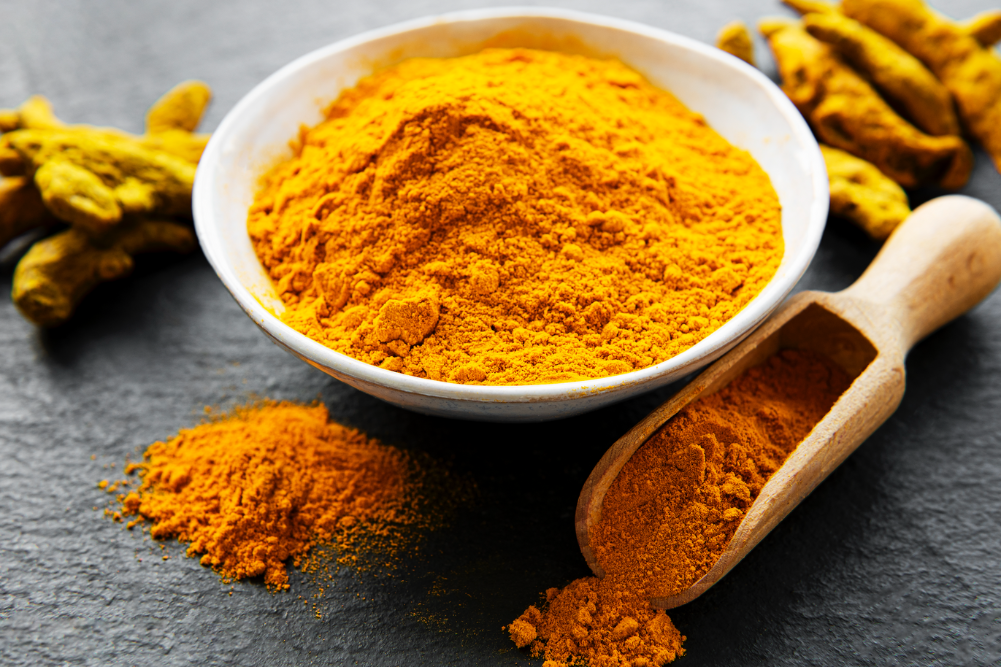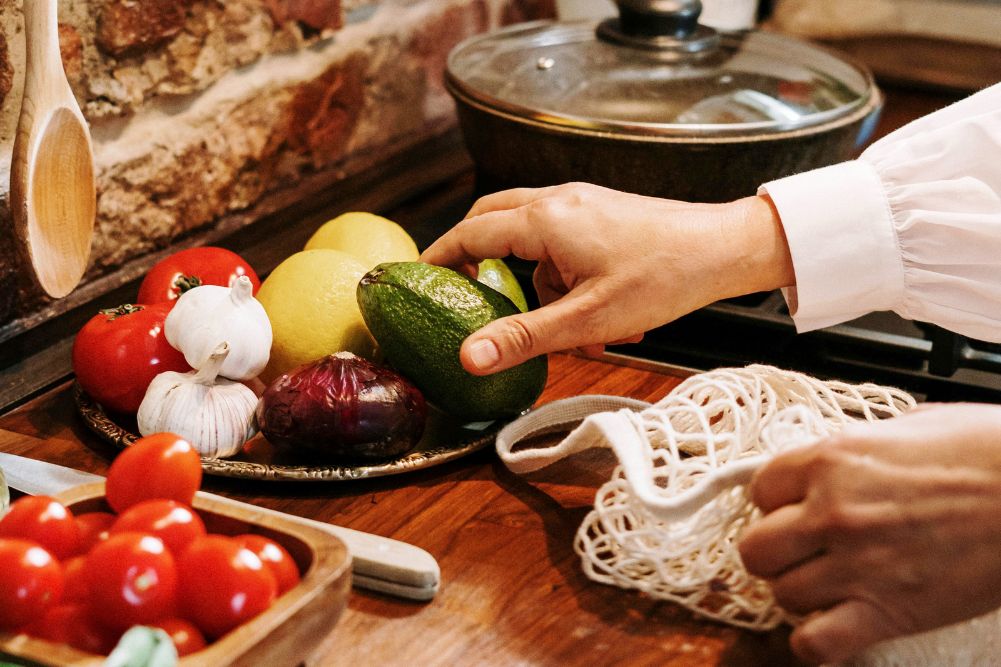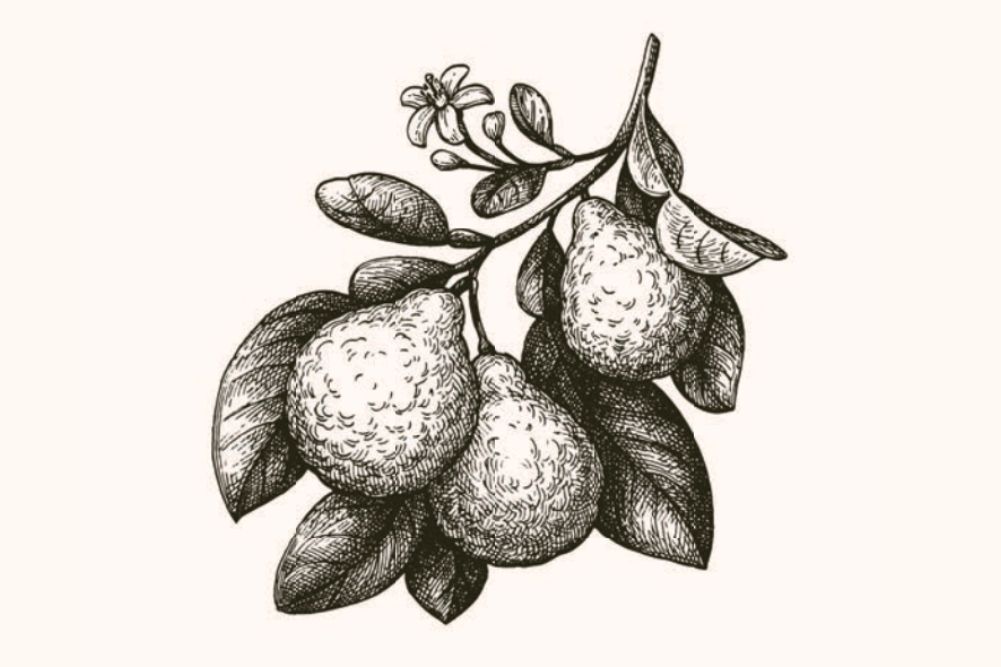Chicory: the counter-culture coffee
Chicory (Cichorium intybus) is perhaps the ultimate holistic plant. Its pale blue flowers feed the eye, its leaves make a healthy addition to salads and the root makes a delicious warm drink that can healthily replace coffee.
According to the Roman historian Pliny (CE 23–79), the juice of chicory was combined with rose oil and vinegar by the Romans as a remedy for headaches. However, it is alone or as an additive to another very common beverage that chicory is most popular today.
Café au chicory
Chicory is native to Europe and originally grew only there, but it has been transplanted to other places and is now found growing in the wild on the sides of roads around the world.
The chicory plant can reach from a metre to a metre and a half when fully grown. The plant is very noticeable because of the attractive blue flowers it bears in season. The tender leaves are collected and used in salads. For best eating, the leaves must be plucked before the plant gives off flowers.
Eating the tender leaves is believed to support the liver and kidneys in a similar way to dandelion. This similarity in action is not surprising since both chicory and dandelion are members of the Asteraceae (daisy) family of plants. The similarities between the plants extend below the soil to their roots as well.
Chicory root contains up to 58 per cent inulin, caffeic acids, coumarins, flavonoids, an essential oil (which contains sesquiterpene lactones), vitamins and minerals. When the chicory root is roasted, the inulin is converted to form a compound known as oxymethylfurfural. This compound has an aroma that is similar to coffee and the reason chicory has so often been mixed with coffee across the centuries.
In fact, roasted chicory root is so frequently used as an additive in coffee that the plant has been cultivated in large commercial plantations in Europe for many years to meet the demands of the beverage industry. Aside from its use in coffee, the roasted chicory root is sometimes used as a coffee substitute.
The preparation of chicory as an alternative or additive to coffee is a long process. First, the roots are dug up and the aerial parts are removed. The roots are then replanted in pots inside a dark cellar until they give off small growths. These are small, pale leaf heads that grow to a height of a few inches only. The roots are again dug up once this growth appears, and are dried, then roasted and ground. The addition of chicory in coffee is not an adulteration but is believed to enhance the taste of coffee and reduce the stimulating effect of the caffeine in coffee.
Caffeine is not present in chicory and chicory root beverages are believed to have a range of healing properties.
Chicory as medicine
When chicory is added to coffee, it counteracts the acidic quality of the coffee and thus tones down the adverse effect of coffee on the stomach and digestive system. Chicory on its own has a bitter taste that stimulates digestion and bile flow from the gallbladder. Since it lacks caffeine, chicory root is an excellent bitter alternative to coffee that acts as a tonic to both the liver and digestion in general.
In addition to these basic qualities, research has shown that chicory may have some additional effects.
Anti-allergy
The journal Pharmacological Research published a study showing that chicory inhibits mast-cell-mediated immediate-type allergic reactions.
Cholesterol lowering
Many studies have shown that inulin acts in the liver to stop fatty acid synthesis and at the same time reduce production of bad LDL cholesterol.
Anti-inflammatory
Research from the journal Biochemical and Biophysical Research Communications showed that chicory contains fructans, which block the inflammatory compounds prostaglandin E2 and cyclooxygenase 2 (COX-2). The report concluded that chicory had both prebiotic and anti-inflammatory properties.
Inulin, as plentifully contained in chicory, has been shown to have many health-promoting properties. It acts as a prebiotic to boost levels of good bacteria in the digestive system and has the capacity to lower blood sugar.
Using chicory
Fresh leaves of chicory can be added to a salad to taste.
If you are making a chicory root drink and are using dried root, you can make your decoction by adding two teaspoons of dried, roasted root for every cup of water. Bring it to the boil and simmer for 10 minutes, then strain solids. If you are using a powdered form of roasted root it can generally be used in the same way that you would use instant coffee or by following the directions on the packaging.
Chicory has been consumed in large quantities by people down the centuries and has no known severe side-effects associated with its consumption, although skin contact with the plant may cause irritation for those with sensitive skin or skin allergy to daisy plants.
Although chicory is generally safe, it should be avoided by pregnant women and breastfeeding mothers. Since it can promote the secretion of bile from the gallbladder, it should only be used with medical supervision if you have gallstones.
References available on request







